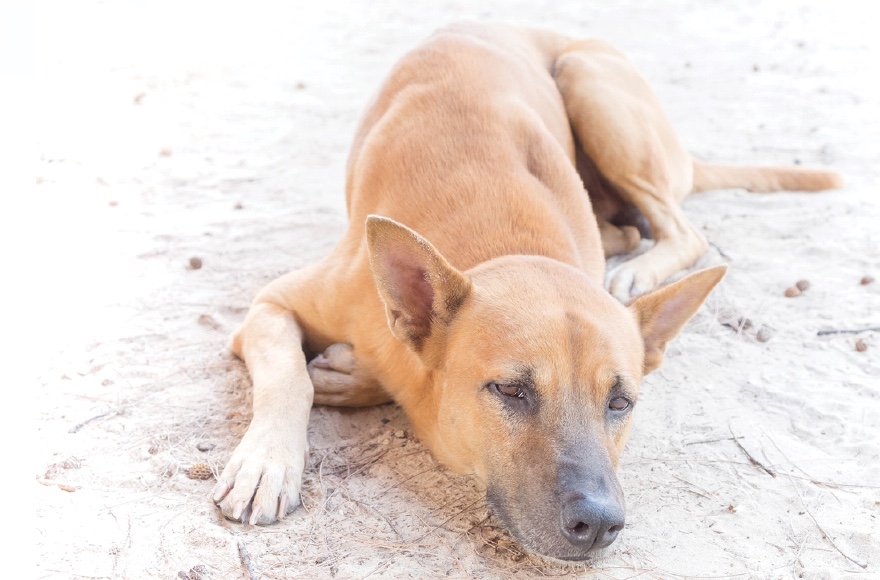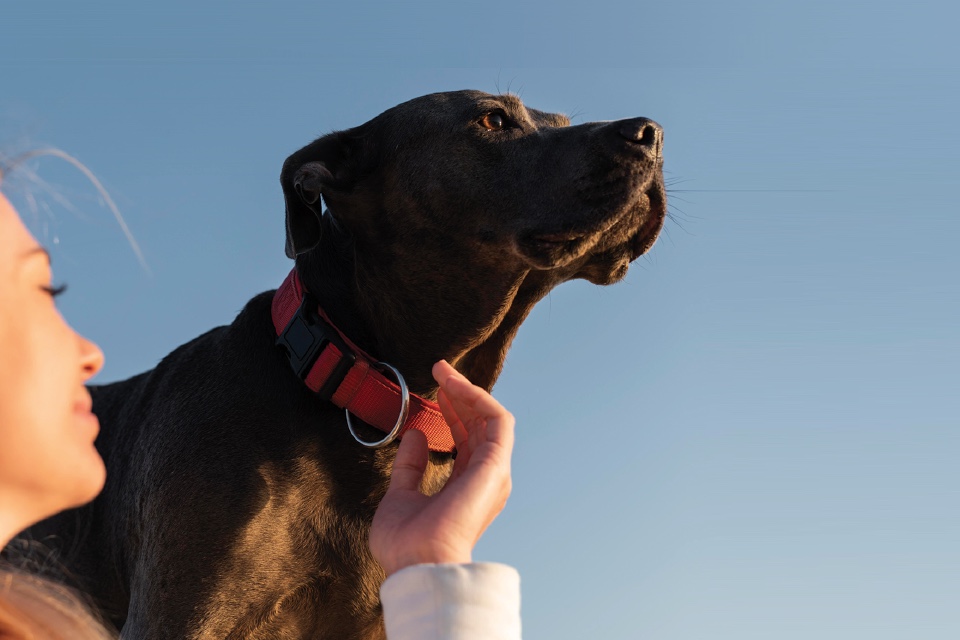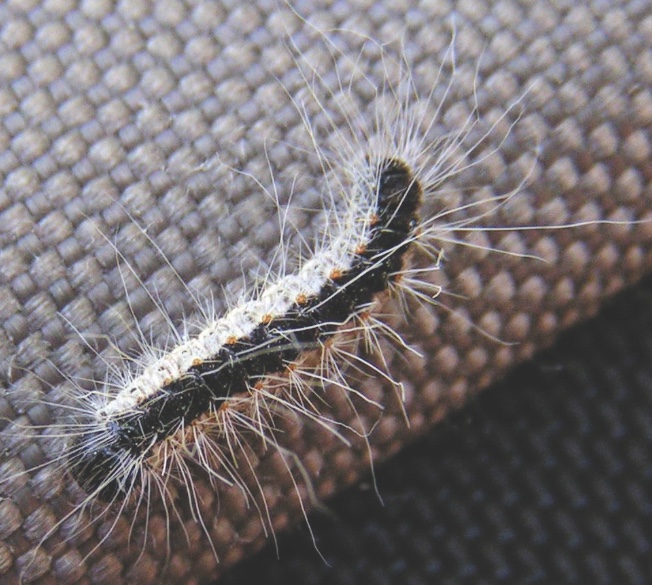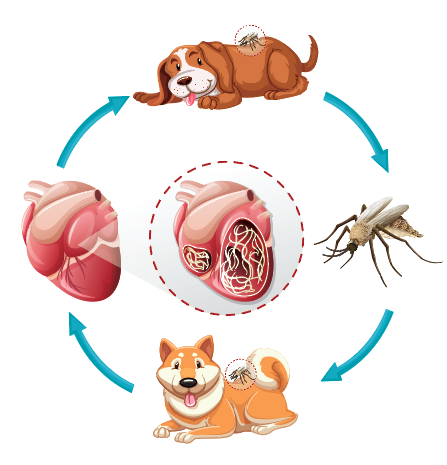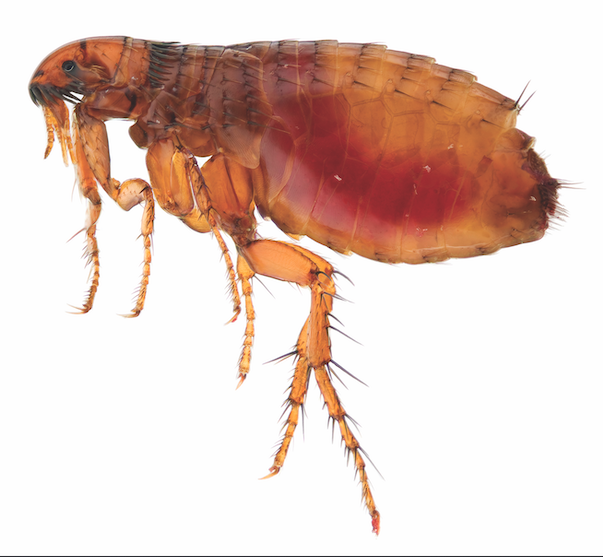Allergy season is upon us
The dry season is upon us where dogs and cats suffer most from allergic reactions and we must do our utmost to alleviate any discomfort your pet might have.
With dogs the primary clinical manifestation of allergies is skin disease. The primary clinical sign is pruritus or itchiness and it is imperative that your pet is given relief as soon as possible. If they do not the actual act of scratching or licking leads to a secondary infection, bacterial and fungal, this then results in further pruritus and therefore you get a domino effect where the infection causes more itching and the problem escalates. Neglected skin allergies will lead to brown stained fur, thickened skin and often deep skin infections.
Treatment is going to vary depending very much on the severity of the problem, the sooner it is treated the quicker it will resolve and the cheaper it will be.
What you must be aware off is that skin allergies are unlikely to be resolved long term with one treatment. In the majority of cases they are seasonal and likely to be a persistent problem for the whole of the season. In some animals it becomes a problem that is there the year round. With seasonal pruritus the best treatment involves taking prophylactic medicine throughout the season and then stop it when the weather turns and it is cooler and there are not so many allergens around.
With pets where the skin condition persists throughout the year there are other options such as monthly injections or allergy testing so that a vaccine can be formulated specifically for the requirements of that individual animal. This has success in certain cases.
Cats also suffer from allergic skin dermatitis but the primary symptom for felines is asthma. It follows a very similar pattern to human asthma, the cat develops respiratory distress with increased breathing rates and diaphragmatic breathing, and in most cases coughing. With cats, coughing is nearly always associated with asthma, in dogs on the other hand it is usually associated with heart failure.
Treatment of cats with asthma should be as rapid as possible, there is nothing worse than respiratory distress and the feeling that you can’t get enough air into your lungs. This will involve aggressive steroid treatment to bring the condition under control. With recurring episodes of this disease there has to be some prophylaxis put into place, the best option is using an aero chamber with an inhaler, again similar to humans. The only problem I have when I advise this is client and pet compliance, some animals can be difficult to treat this way so this can sometimes be an uphill battle.
Dogs can sometimes suffer from asthma type symptoms but in the majority of these cases there is usually another factor that complicates the problem. The most common being that the owner is a smoker and this results in damage to the animals lungs due to passive smoking, so don’t smoke in the vicinity of your pet especially in enclosed spaces or better still don’t smoke.
In summary for allergic conditions , treat early and aggressively and be prepared to give your pet prophylactic treatment throughout the season, that way you can all enjoy the summer.





